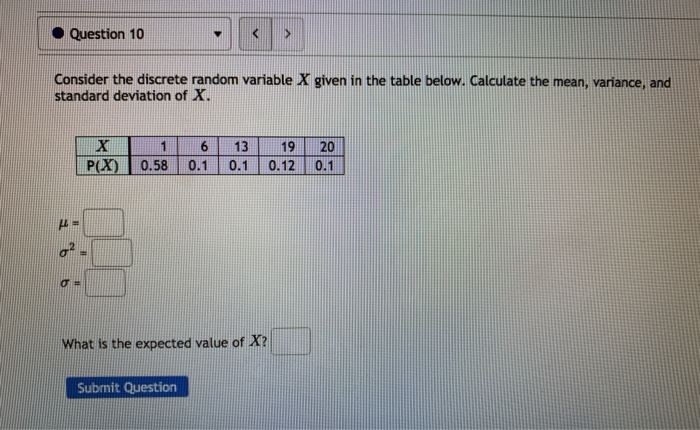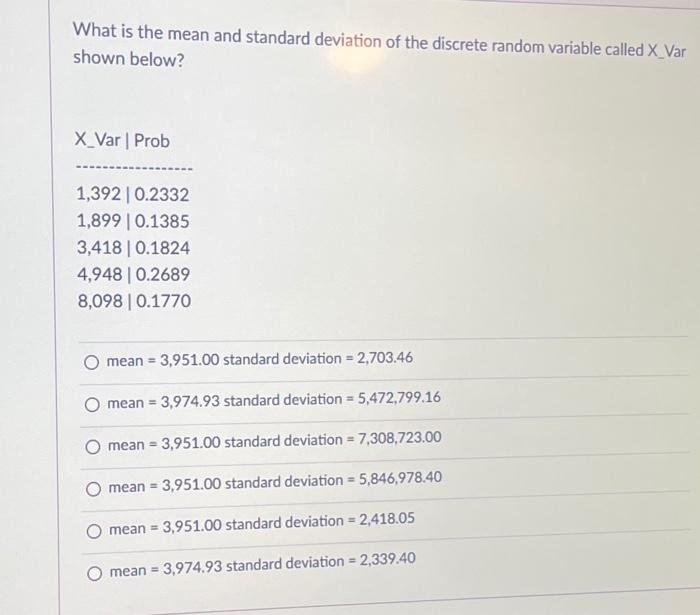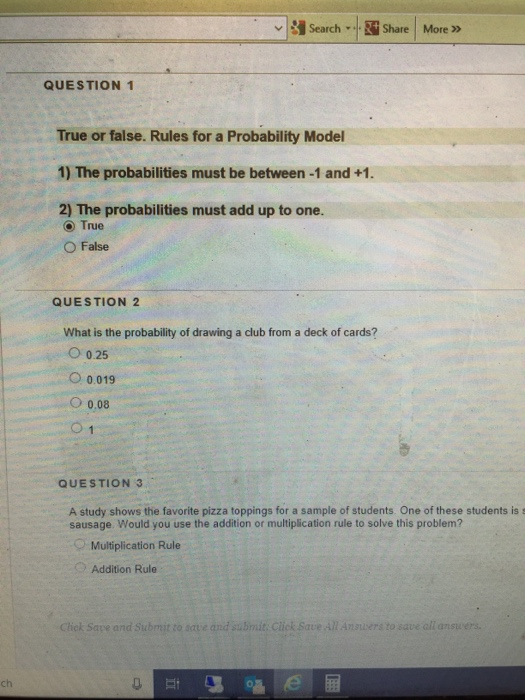Question
Homer performs three simulation studies. His population is skewed to the right. For one study he has his computer generate 10,000 random samples of size
Homer performs three simulation studies. His
population is skewed to the right. For one study
he has his computer generate 10,000 random
samples of size n = 10 from the population.
For each random sample, the computer calculates the Gosset 95% confidence interval for
and checks to see whether the interval is correct. His second study is like his first, but
n = 100. Finally, his third study is like the first,
but n = 200. In one of his studies, Homer obtains 9,504 correct intervals; in another he obtains 9,478 correct intervals; and in the remaining study he obtains 8,688 correct intervals.
Based on what we learned in class, match each
sample size to its number of correct intervals.
Explain your answer.
Fifty students take midterm and final exams.
On the midterm exam, the mean score is 45.0
and the standard deviation is 7.00. On the final
exam, the mean score is 85.0 with a standard
deviation of 14.00. The correlation coefficient
of the two scores is 0.64.
Obtain the least squares regression line for using the final exam score to predict the midterm
exam score.
47. Fifty students take two midterm exams. On the
first exam, the mean score is 65.0 and the standard deviation is 7.00. On the second exam,
the mean score is 55.0 with a standard deviation of 10.00. The correlation coefficient of the
two scores is 0.70.
Obtain the least squares regression line for using the second exam score to predict the first
exam score.




Step by Step Solution
There are 3 Steps involved in it
Step: 1

Get Instant Access to Expert-Tailored Solutions
See step-by-step solutions with expert insights and AI powered tools for academic success
Step: 2

Step: 3

Ace Your Homework with AI
Get the answers you need in no time with our AI-driven, step-by-step assistance
Get Started


